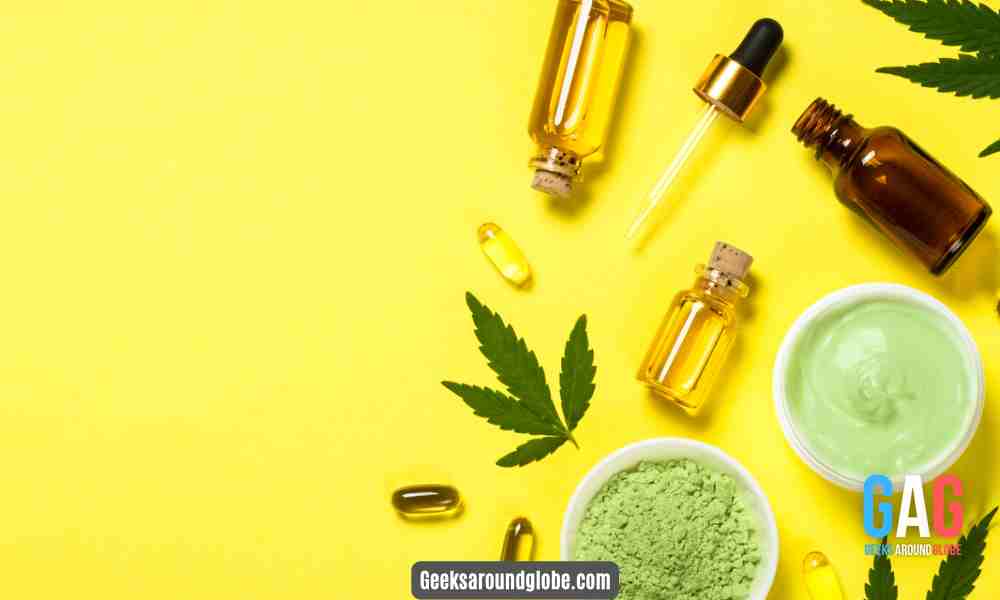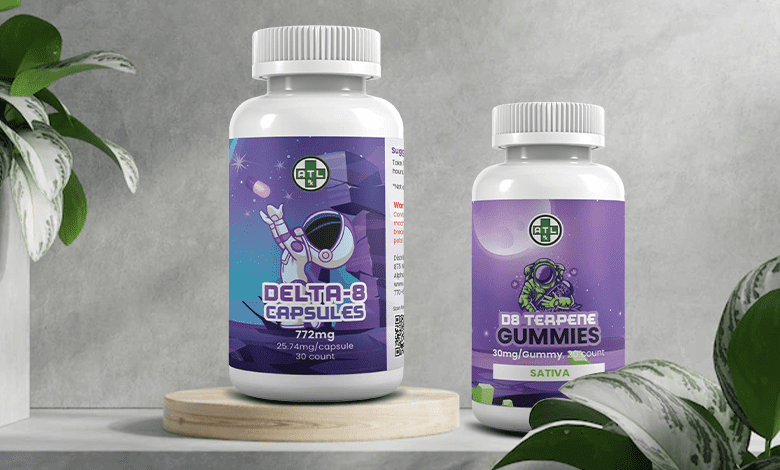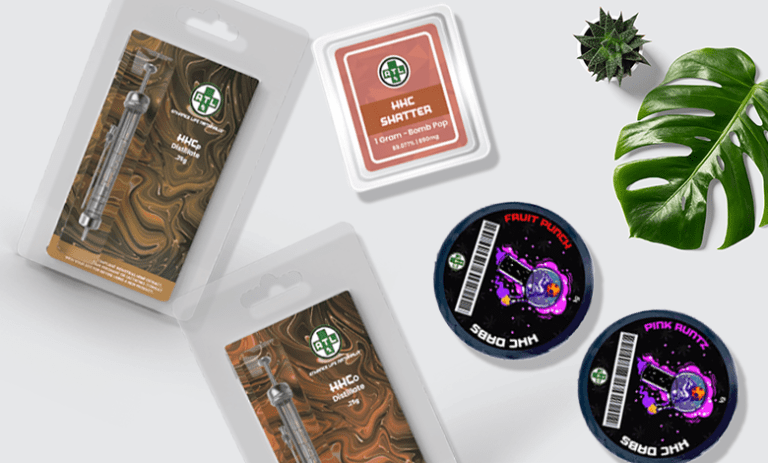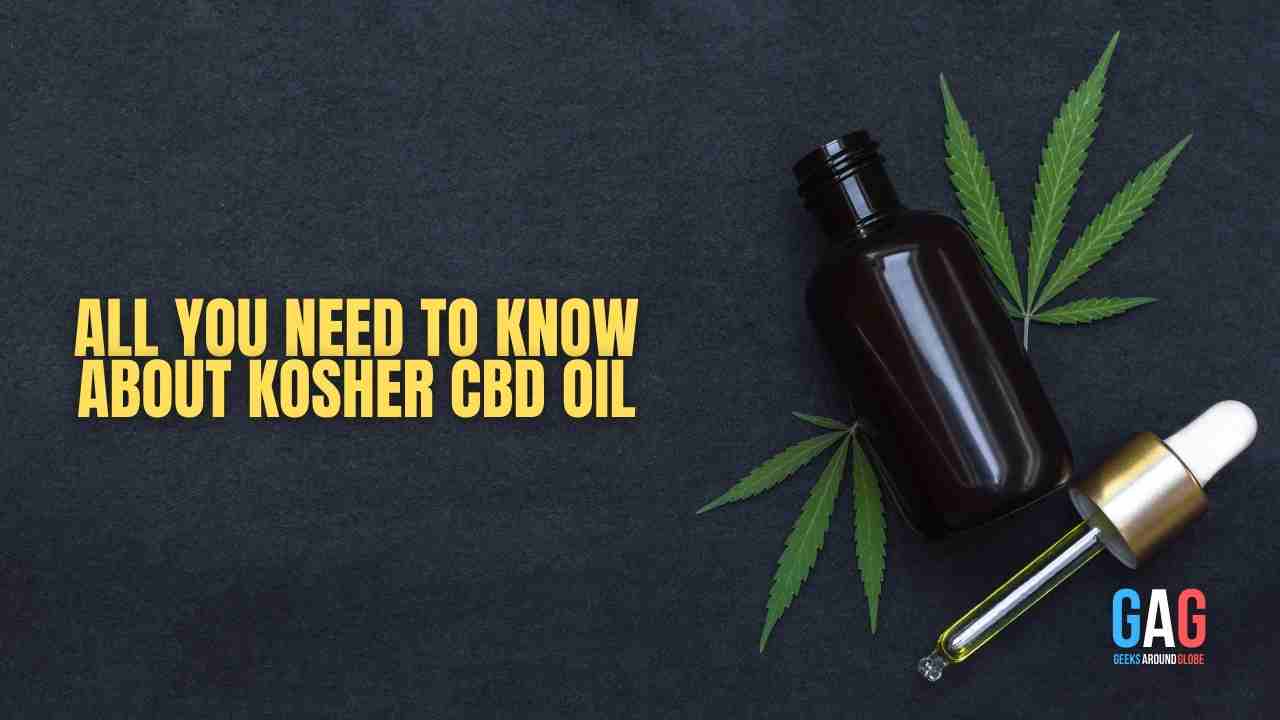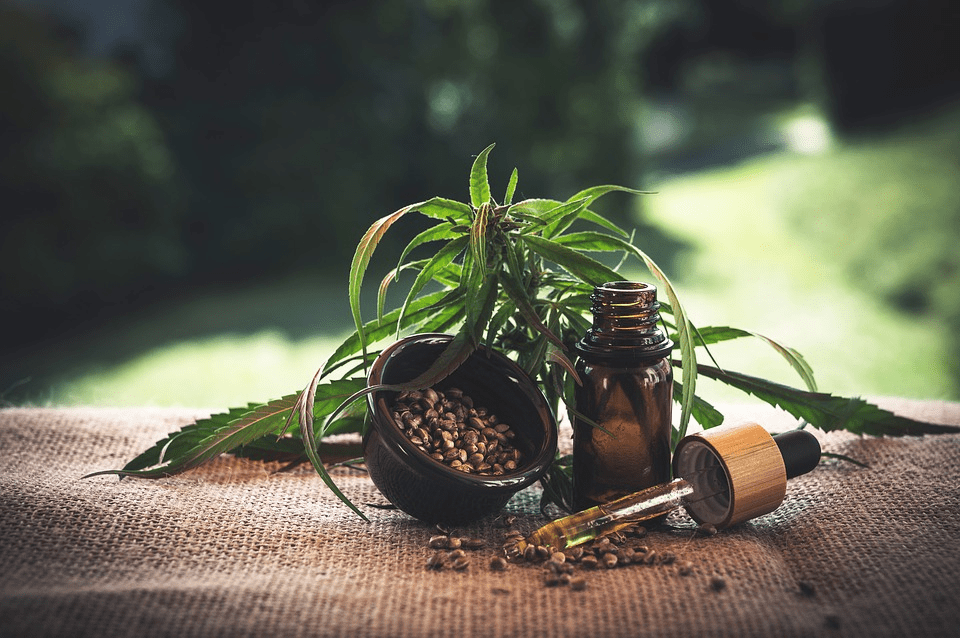- 1. What is CBT?
- 2. CBT History
- 3. What is CBT Distillate?
- 4. CBT Cannabinoid Effects
- 5. CBT Cannabinoid Benefits
- 6. CBT and Glaucoma
- 7. Is CBT Safe?
- 8. Is CBT legal?
- 9. Do Hemp Contain CBT Cannabinoid
- 10. Does CBT Get You High?
- 11. How to Extract CBT?
- 12. Methods for extracting hemp and cannabis using solvents
- 13. CBT High Strains
What is CBT?
CBT, a minor cannabinoid or phytocannabinoids, is classified as a diether compound. In terms of molecular structure, it is very similar to THC. Only a few cannabis strains contain this secondary cannabinoid.
CBT is still relatively new in the scientific community. However, there are some interesting facts that researchers have discovered about it. These could spark interest from other researchers to learn more about it and what it can do for them.
CBT History
Researchers Obata and Ishikawa discovered CBT in 1966. Researchers discovered the molecular structure of CBT in 1976, but it was not until then that they could identify its exact molecular form. CBT isn’t found in all strains of cannabis, and it is only present in very low concentrations. Researchers have had difficulty extracting and isolating CBT from cannabis strains for study and processing.
There are currently nine types of CBT. CBT-C, or Cannabicitran, is one of the nine variants of CBT. This type of CBT is often confused with cannabidiol. CBT-C, or Cannabicitran, was first synthesized by Crombie and Ponsford in 1971. Citrylidene-cannabis was the name given to it at the time. Lebanese cannabis was isolated in 1974 for its secondary cannabinoid. The CBT-C’s structure remains a mystery. However, the 1977 derivative of CBT–C, C10-ethoxy, was successfully isolated.
After conducting research on a male cannabis Sativa strain using modern chromatographic methods, the scientific community confirmed that CBT-C was discovered.
What is CBT Distillate?
Over the past few years, cannabitriol, known as CBT, has slowly gained popularity as a minor cannabinoid. Compared to CBD and THC, CBT is present in trace amounts. Even though it is found in small quantities, this cannabinoid is considered a naturally occurring cannabinoid. Best CBT Distillate is available online in numerous brands.
CBT Cannabinoid Effects
The popularity of THC and CBD often outweighs the interest in minor cannabinoids and the many benefits and effects that they could provide. While CBD, THC, and CBG are the most prominent cannabinoids found in cannabis strains, there are more than 120 secondary cannabinoids that can influence the effects each strain can produce.
CBT has not been studied in detail on how it affects the human body. Some studies have shown that CBT could produce some effects similar to CBD when it comes to metabolizing cannabinoids. This belief has not been confirmed by any subsequent studies.
A cannabis strain’s entourage effect is likely to be influenced by CBT and other secondary and primary cannabinoids. This is when all of the natural compounds of cannabis work together, such as cannabinoids and flavonoids. This allows for the more excellent performance of all the compounds and makes them work together better in the bodies than they would if they were used individually.
CBT Cannabinoid Benefits
It is challenging to study CBT and other secondary cannabinoids because it only appears in certain strains of cannabis and in very low amounts. Some studies have shown that CBT may have therapeutic benefits due to its effects on the body.
CBT may have similar effects to CBD when it comes to assimilating other cannabinoids. CBT was found to be an effective anti-psychoactive agent that can mitigate the psychoactive effects of THC. It catalyzed complex chemical transformations and had therapeutic implications for marijuana abuse. CBT may be able to reduce the psychoactive properties of THC and also function as a non-psychoactive agent.
Many theories and disagreements have erupted since the first isolated phytocannabinoid, or di-ether. One theory is that CBT may have therapeutic benefits for ophthalmic conditions like glaucoma. To find more details about CBT products, check ATLRx online store.
CBT and Glaucoma
Mahmoud Elsohly, a researcher, found that CBT can lower intraocular pressure in rabbits. This suggests that CBT may be a treatment option for glaucoma or other related conditions. CBT is expressed in large amounts in ocular tissues that regulate ocular tension.
CBT activates the CB1 & CB2 receptors and has neuroprotective and ocular hypotensive effects on retinal Ganglion cells. CBT and other cannabinoids may be ideal for treating glaucoma since they show good tolerance to topical application.
These hypotheses are still being confirmed by more research. These findings have, however, drawn scientific attention to the potential benefits and applications of CBT in this area.
Is CBT Safe?
CBT could be summarized as safe. It would be irresponsible to state that CBT is safe in all ways.
It is important to note that CBT has not shown any adverse or side effects in human bodies. Some preliminary research and theories by different researchers have shown some therapeutic benefits to CBT for treating certain medical conditions.
Is CBT legal?
CBT and CBT–C are not listed in the United Nations Convention on Psychotropic Substances nor programmed in the United States Controlled Substances Act. However, always check your state laws concerning cannabis before buying any derived products.
Some cannabinoids, such as CBT and CBT-C CBD, CBG, CBG, and CBN, are not controlled substances. However, it is impossible to say if they are legal substances since the laws regarding cannabis can be ambiguous or have gray edges.
Do Hemp Contain CBT Cannabinoid
CBT is still very rare and is only found in certain strains of cannabis. Although CBT is most commonly found in high-THC marijuana plants, there are also some hemp varieties where this cannabinoid occurs naturally.
CBT is often found in higher levels in high CBD hemp plants or in full-spectrum or extractions. Although CBT is not an essential or predominant cannabinoid found in hemp plants, it could be present in some strains.
Does CBT Get You High?
CBT-C is the simplest case. More research is needed on this topic as it’s impossible to guarantee that every variant of CBT will have the same effect as CBT.
CBT is very structurally similar to THC. CBT-C, a variant of THC, can be used to reduce THC psychoactive effects by acting as an antibody against the chemical transformation that THC causes. CBT contributes to the entourage effect that all cannabinoids, terpenes, and terpenes work together.
How to Extract CBT?
This secondary cannabinoid extraction can be very complicated and has been a major obstacle for scientists and researchers studying cannabinoids. Because different cannabinoids are targeted by the various extraction methods, this is why there are so many. The most popular methods of extracting cannabis and hemp can be divided into two categories:
Methods for extracting hemp and cannabis using solvents
- Ethanol extraction
- Carbon Dioxide extraction
- Hydrocarbons (Hydrocarbons, Propane, and Hexene, among others)
- Vegetable oil extraction (Coconut, Olive Oil, etc.)
- Methods for extracting hemp and cannabis using non-solvent methods
- Water and Ice Extraction (Mechanical Separation).
- Cold-pressed extraction
- Rosin-Pressed extraction
Each extraction method targets a specific cannabinoid and produces different types of concentrate. CBT can only be extracted in very small amounts. CBT concentrates on the marketplace are either derived from hemp, CBD-rich plants or biosynthesized using other precursor cannabinoids.
CBT High Strains
Because it is difficult to extract and identify CBT, it is impossible to determine which cannabis strains may contain high levels of this secondary cannabinoid. CBT concentrates currently on the market are synthetically biosynthesized from precursor cannabinoids by chemical transformation and catalysis.

